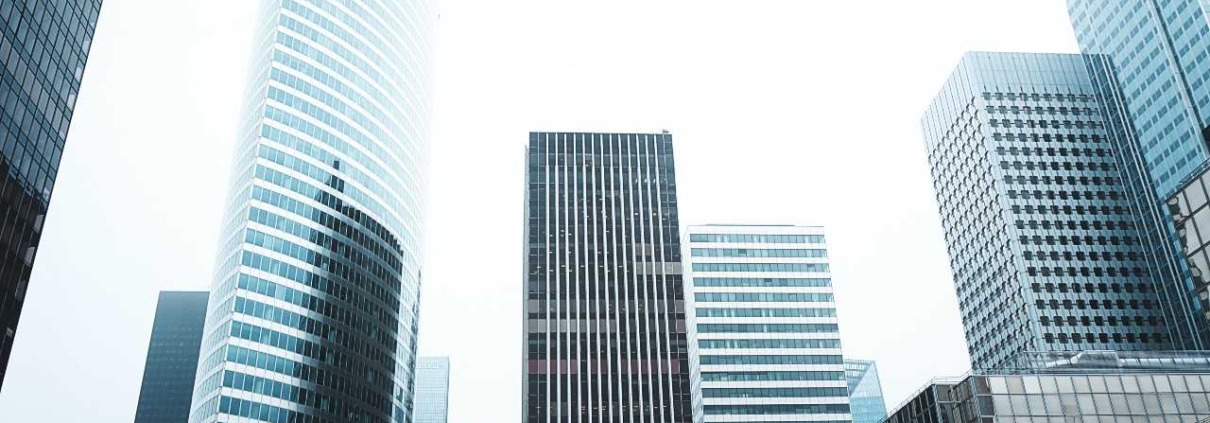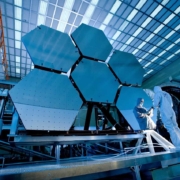Supply Chain Towers.
Supply chain visibility is indispensable in a rapidly growing and increasingly complex global supply chain. The principles and elements of visibility are brought together in so-called Supply Chain Towers.
A Supply Chain tower is a central hub where information from the supply chain comes together. With the necessary technology, high-quality knowledge and a solid mandate, the hub provides information for decision-makers in the chain in the short and longer term. This central hub has many similarities with the chain director. The difference lies mainly in the independence of the director [4th party] and the Tower, which is managed by itself.
Position.
Towers are multifunctional and cross-organized. The collection, analysis, prediction and distribution of the information is done chain-wide to all partners involved. As a result, control towers have a strategic, tactical and operational role. The Tower generate information that is important about the strategic structure of the chain, they provide information about the performance of the chain and provide real-time information that is important for stock management, for example.
Technology.
The right technology is indispensable for a Control Tower. There are often different software packages in a chain that often work with difficulty horizontally. The use of ERP also provides little relief, due to the rigidity of the packages. A Tower will therefore have to choose a middleware solution through which the information from TMS, WMS, ERP, MES systems can be shared in real time.
The use of cloud solutions is increasingly emerging as a solution. There are more and more solutions where the different partners in the chain maintain their own systems and share their information in real time in the cloud with the other chain partners via specific Apps. The major advantage of this is that no forced uniformity is enforced and that partners can maintain their own systems that are often tailored to their specific requirements and situation.
Roll.
Despite the fact that diversity in technology is possible, there are nevertheless specific chain-wide roles about which decisions must be taken to achieve harmonization and optimal management.
- Determining the objectives of the chain visibility truth
- determining the processes and departments that will be connected to the Tower functionality
- Determine which functions can be integrated or even outsourced
- Determine which technology is used and which connections are made.
- Determine the position of the Tower in the chain. In house, independence, outsourcing.
Factors. The effectiveness of a Supply chain tower is determined by 4 elements:
Dynamic. The ability to make changes in processes, objectives, facilities, resources with minimal delay and impact.
Resilience. Provide insight into uncertain factors that can disrupt the supply chain and the ability to respond adequately. [restorative power]
Reliability. To what extent is the chain able to meet product availability, service levels, and further customer requirements.
Responsiveness. Ability to respond to changes in the environment, such as demand, capacity or, for example, regulations.
Stages.
Many organizations are already implementing the four factors, but have not yet transferred this to a central hub. Organizations often start with mapping and making distribution performance visible. Timely and complete delivery to the customer. The necessary control elements are also often built in on the inbound side. The chain has already been mapped out at a higher level and information is being shared throughout the chain and progress has been monitored.
Technology provides alerts that indicate deviations in the process in time, allowing operators to intervene. In the third and highest phase, the chain is predicted and reacted proactively. Using learning algorithms, potential problems are identified before they arise. Scenarios are written for decision makers who can make tactical / strategic decisions based on the information provided
.
Benefits
The advantages of a good Tower implementation are firstly based on the broadly supported wish and need of all chain partners. In addition, the development level [maturity] of the various partners must be in line. Large maturity differences will threaten information disruptions and the reliability of the chain.
A well-organized and harmonized chain can benefit from significant cost savings, a strong increase in reliability and the ability to optimally produce logistics and production. The predictive nature of a Tower helps to identify potential bottlenecks in the chain in a timely manner, creating a strong market advantage compared to possible competition.










